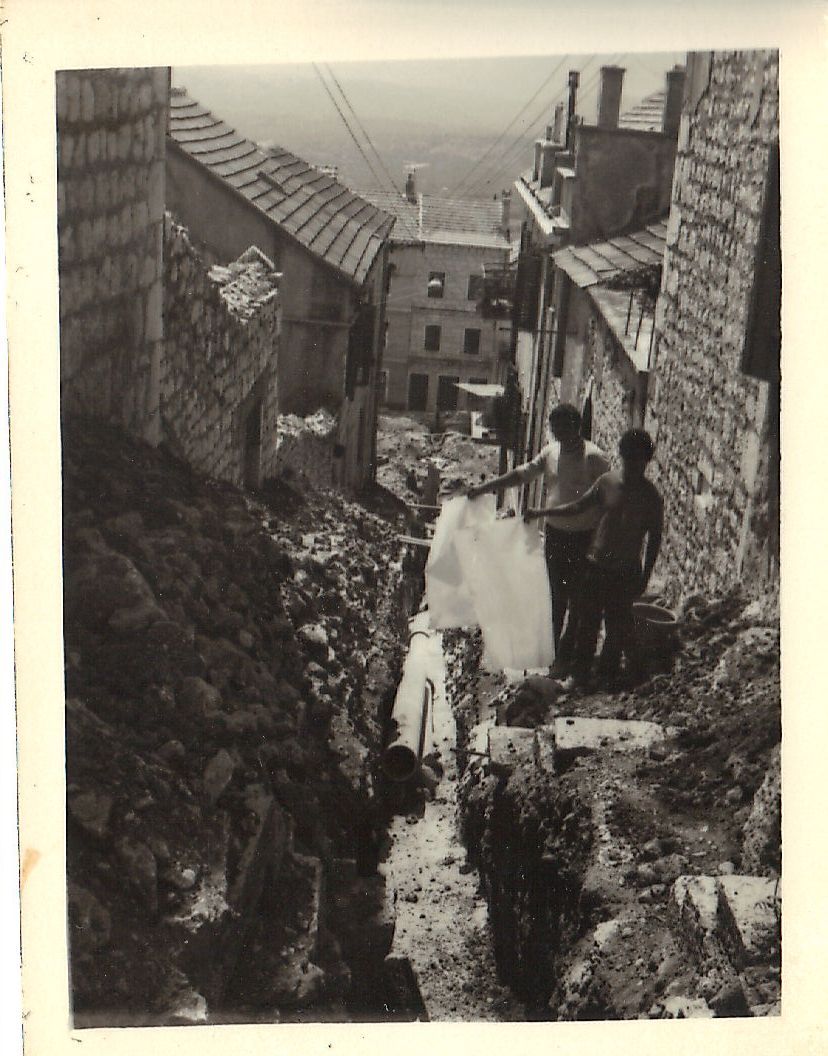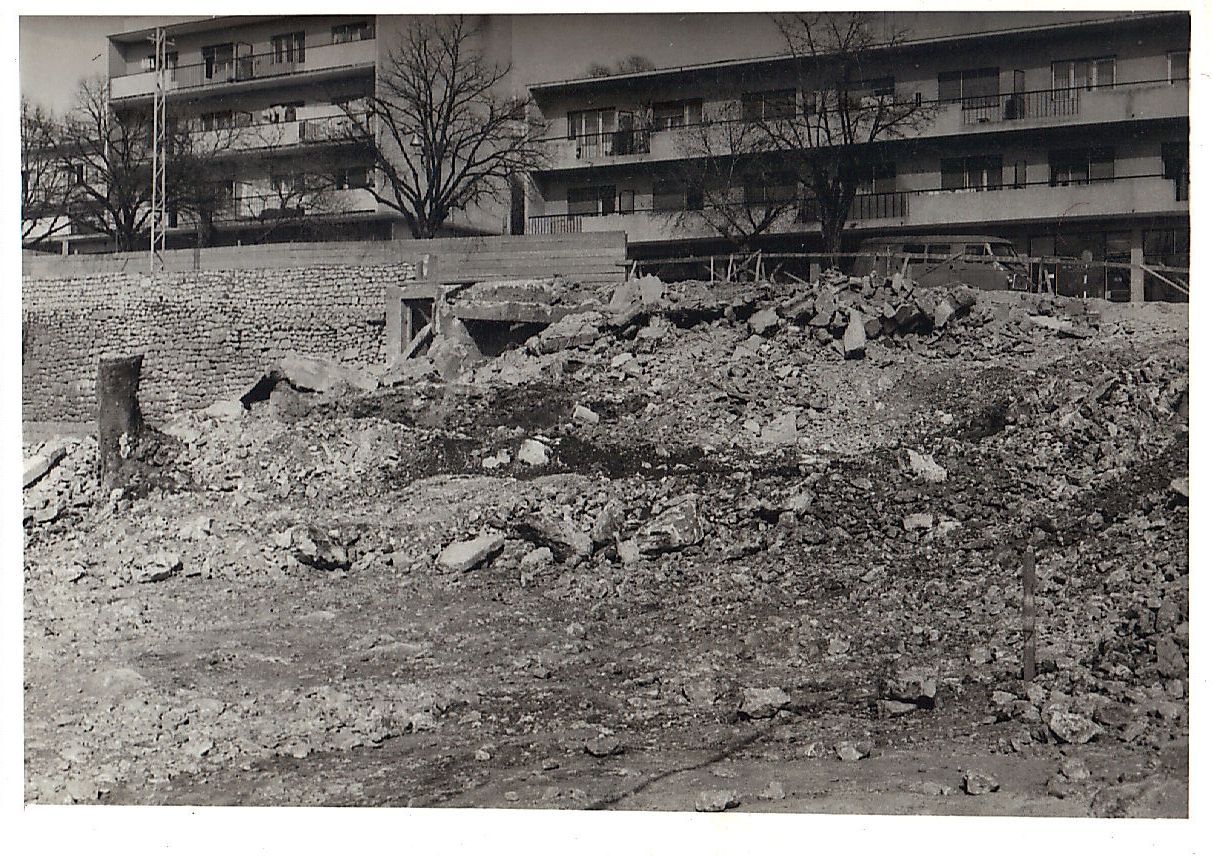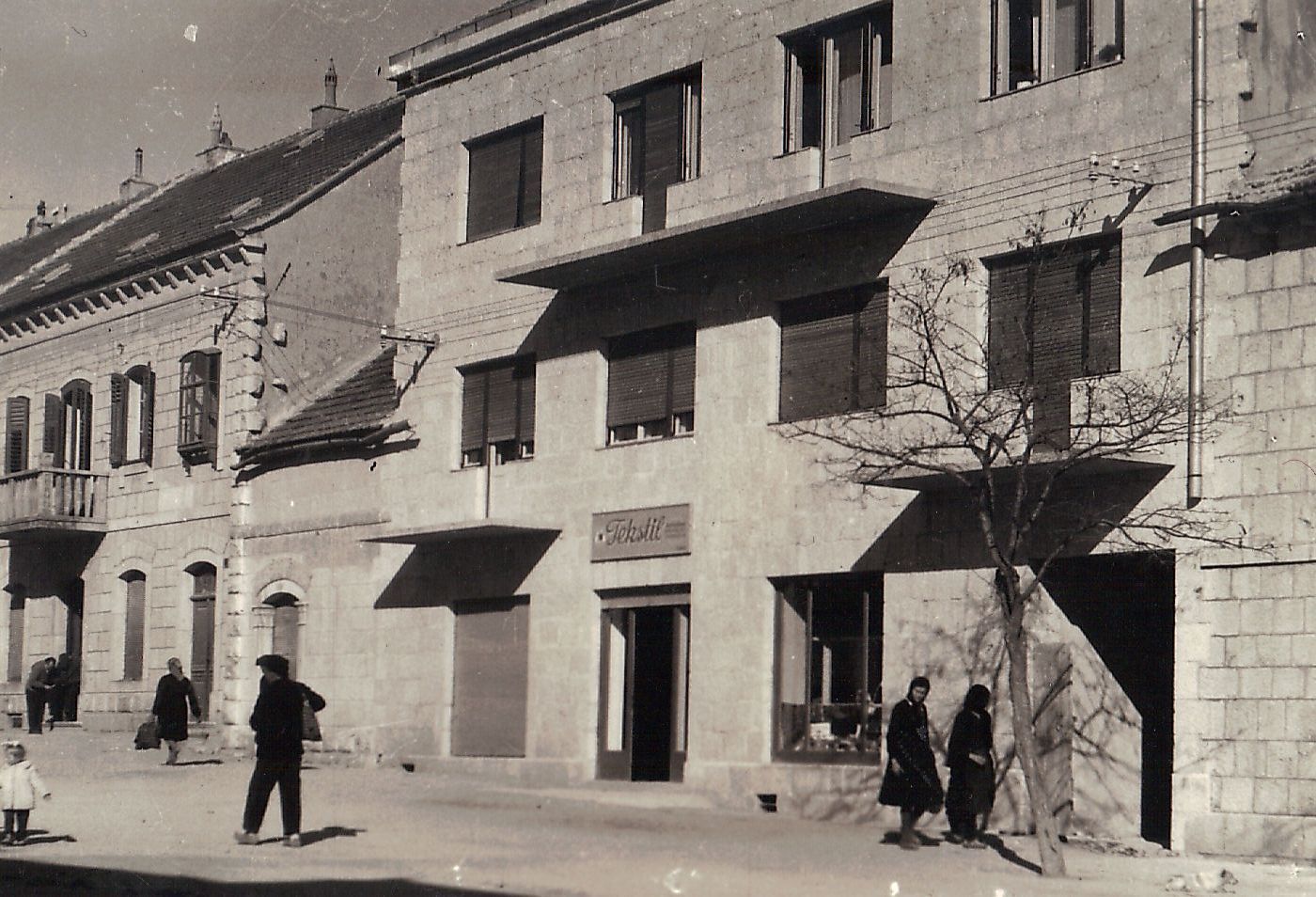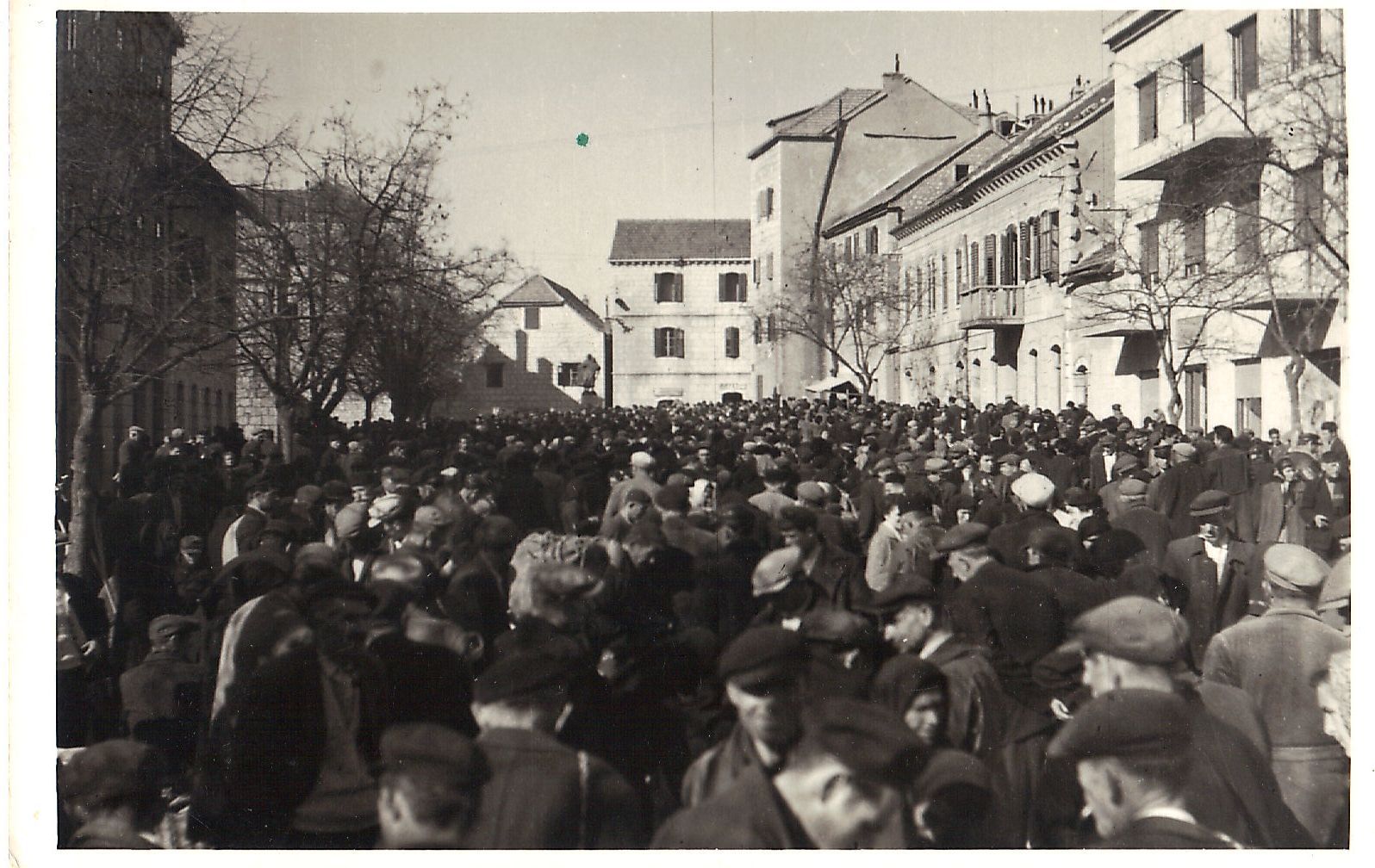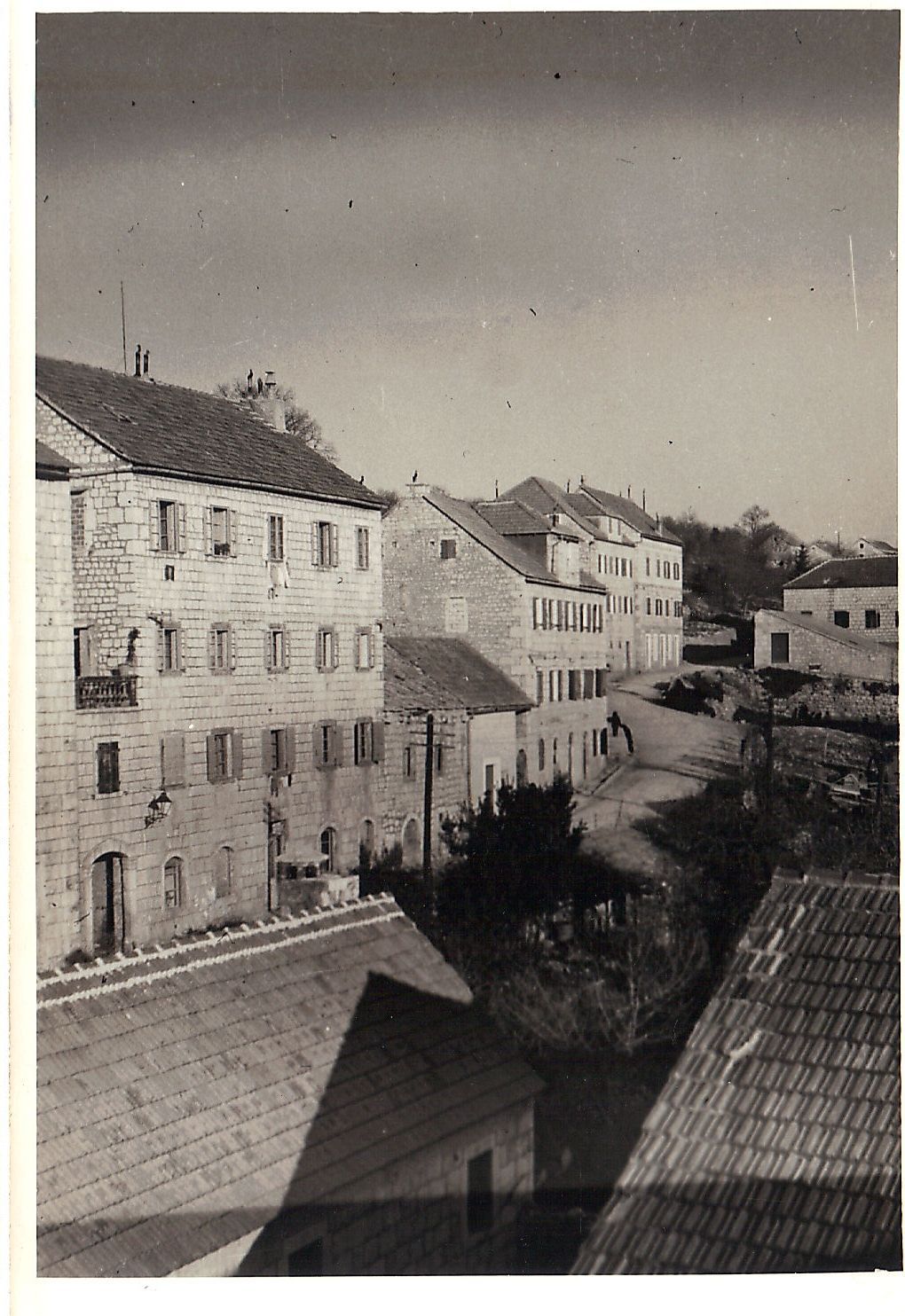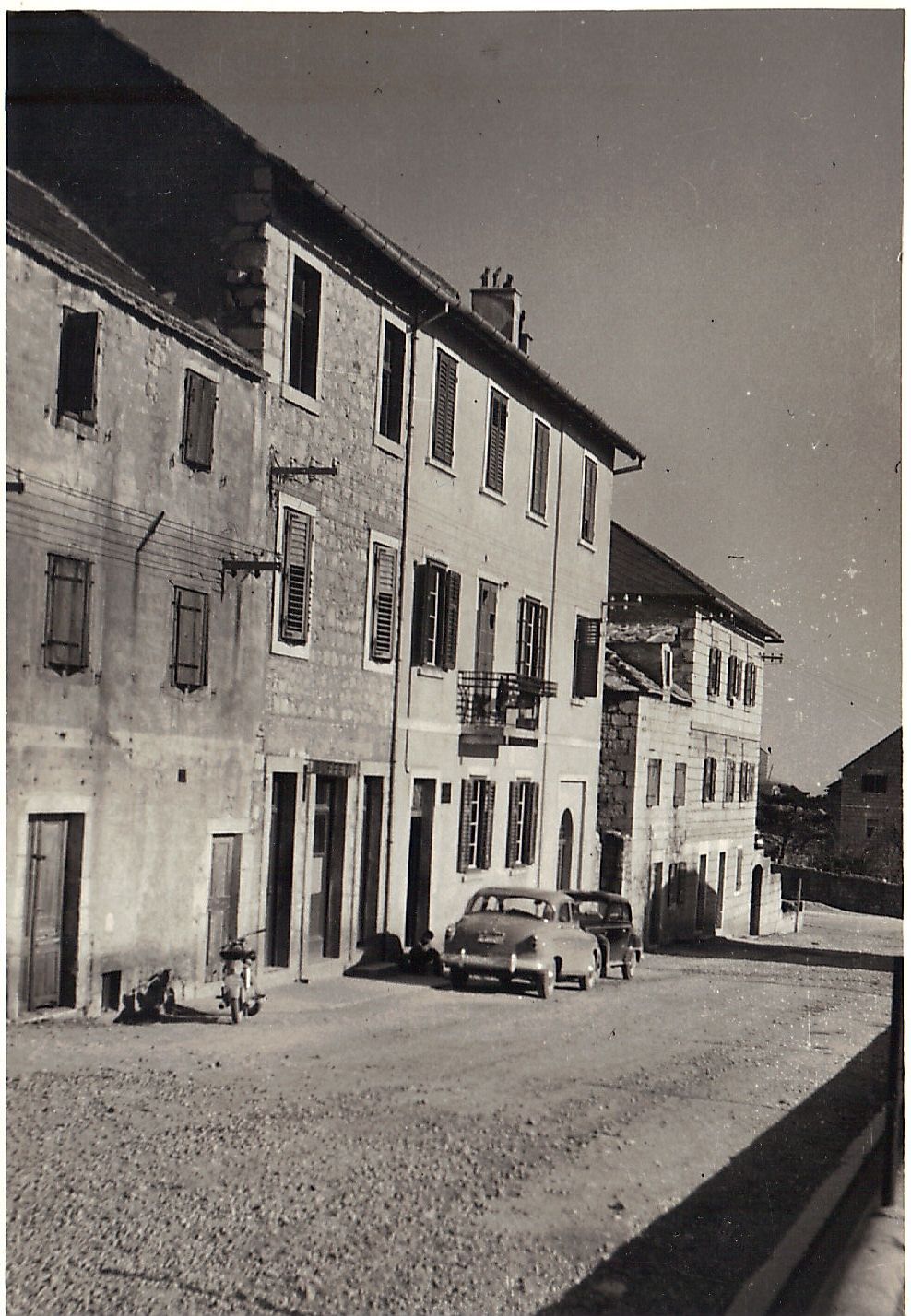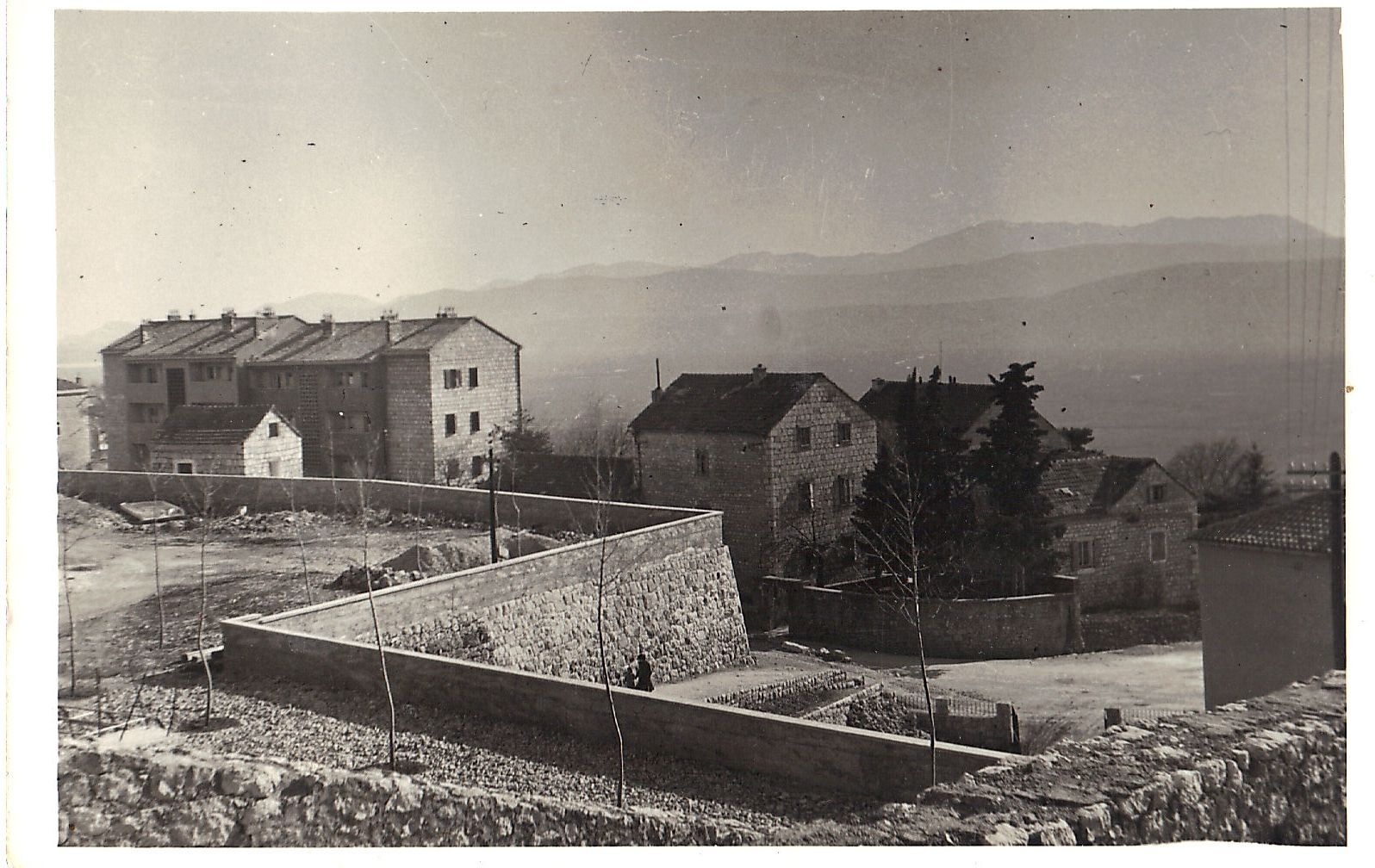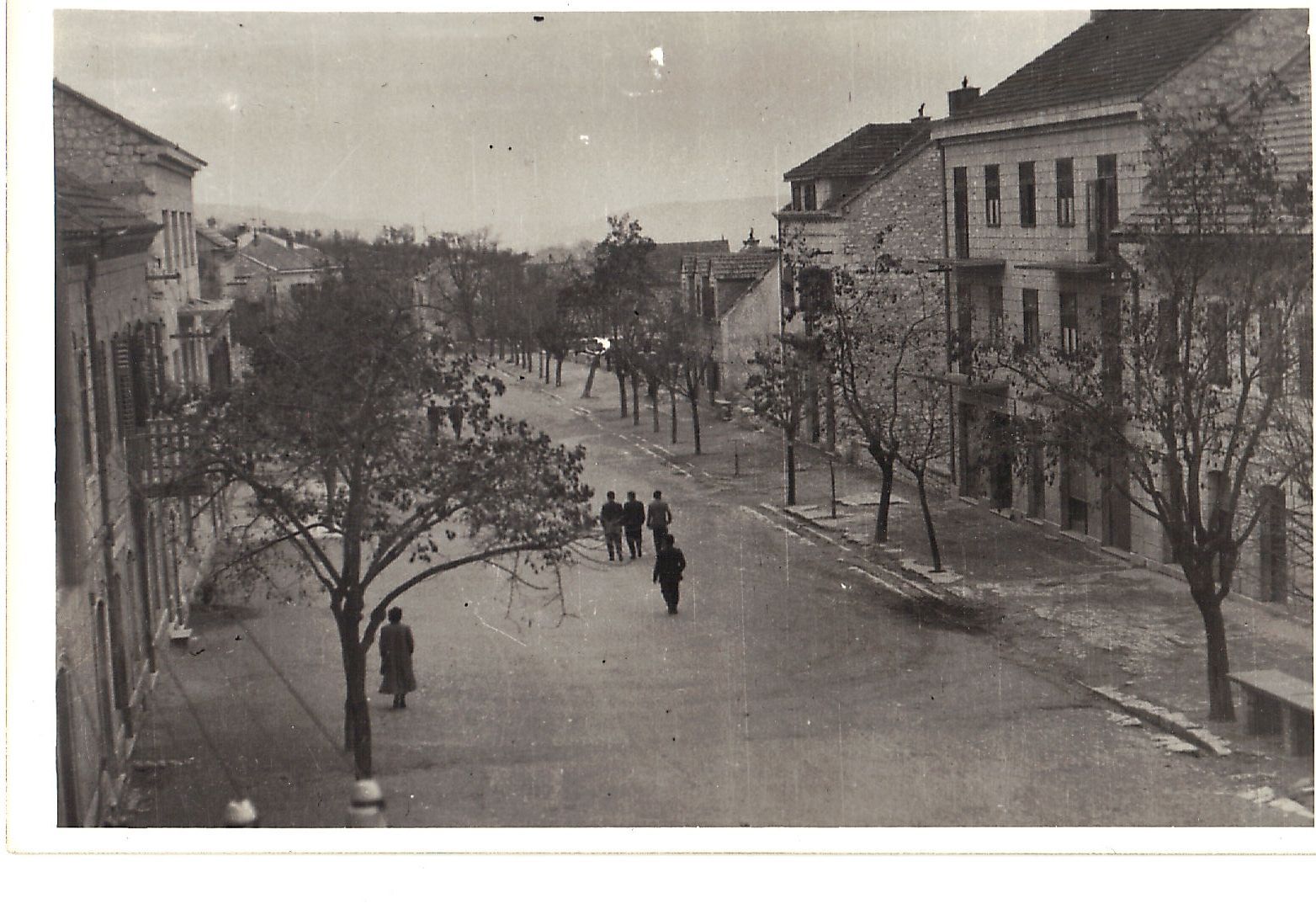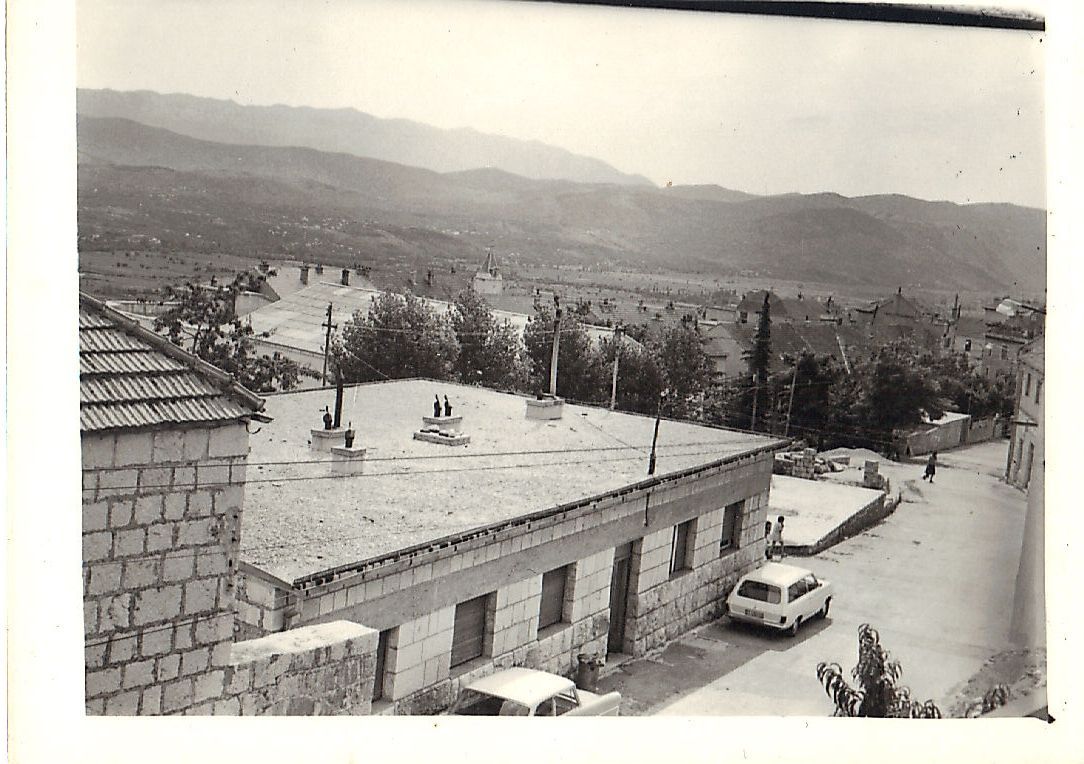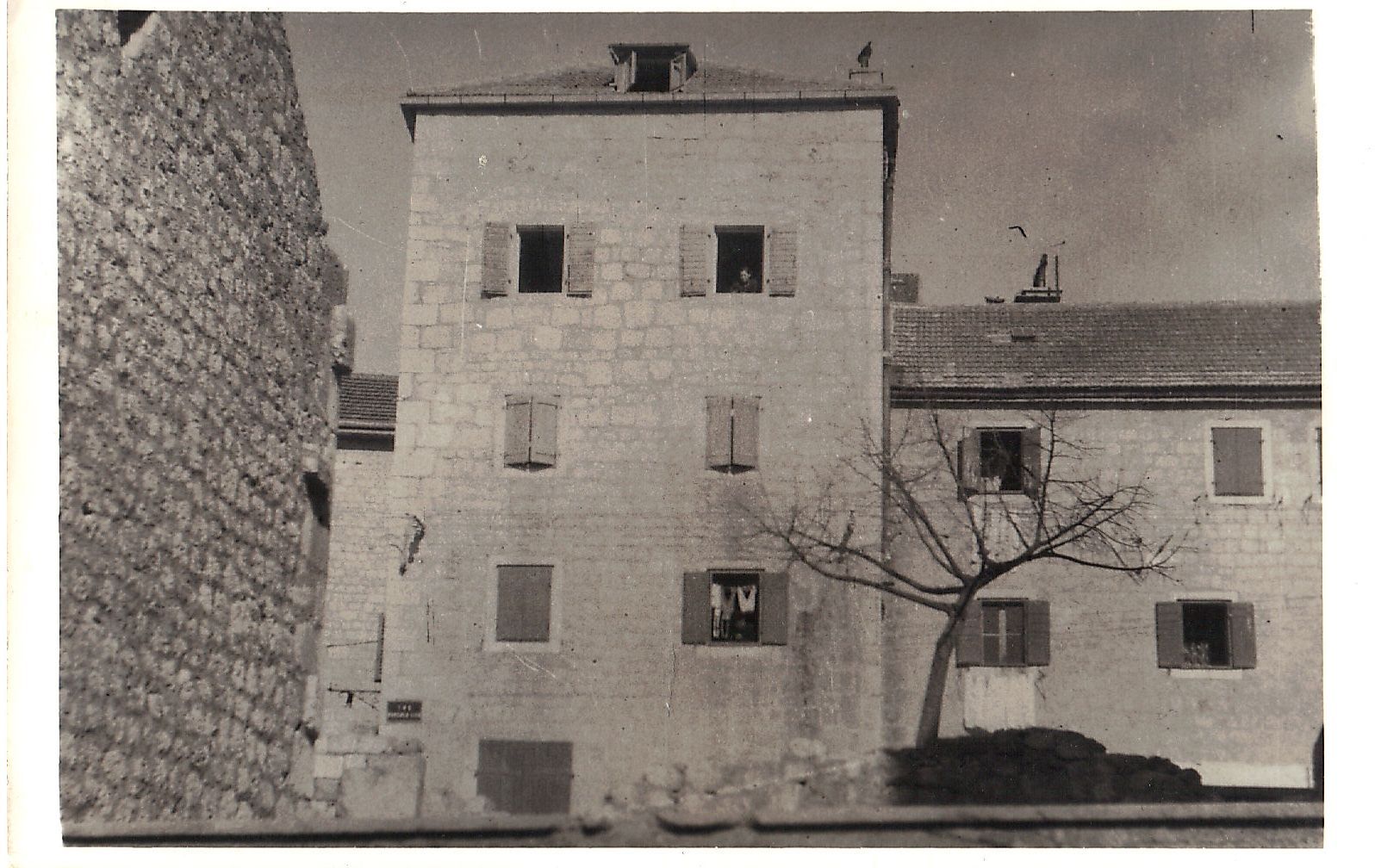Festival of the Guardians of the Tomb of Christ in Imotski

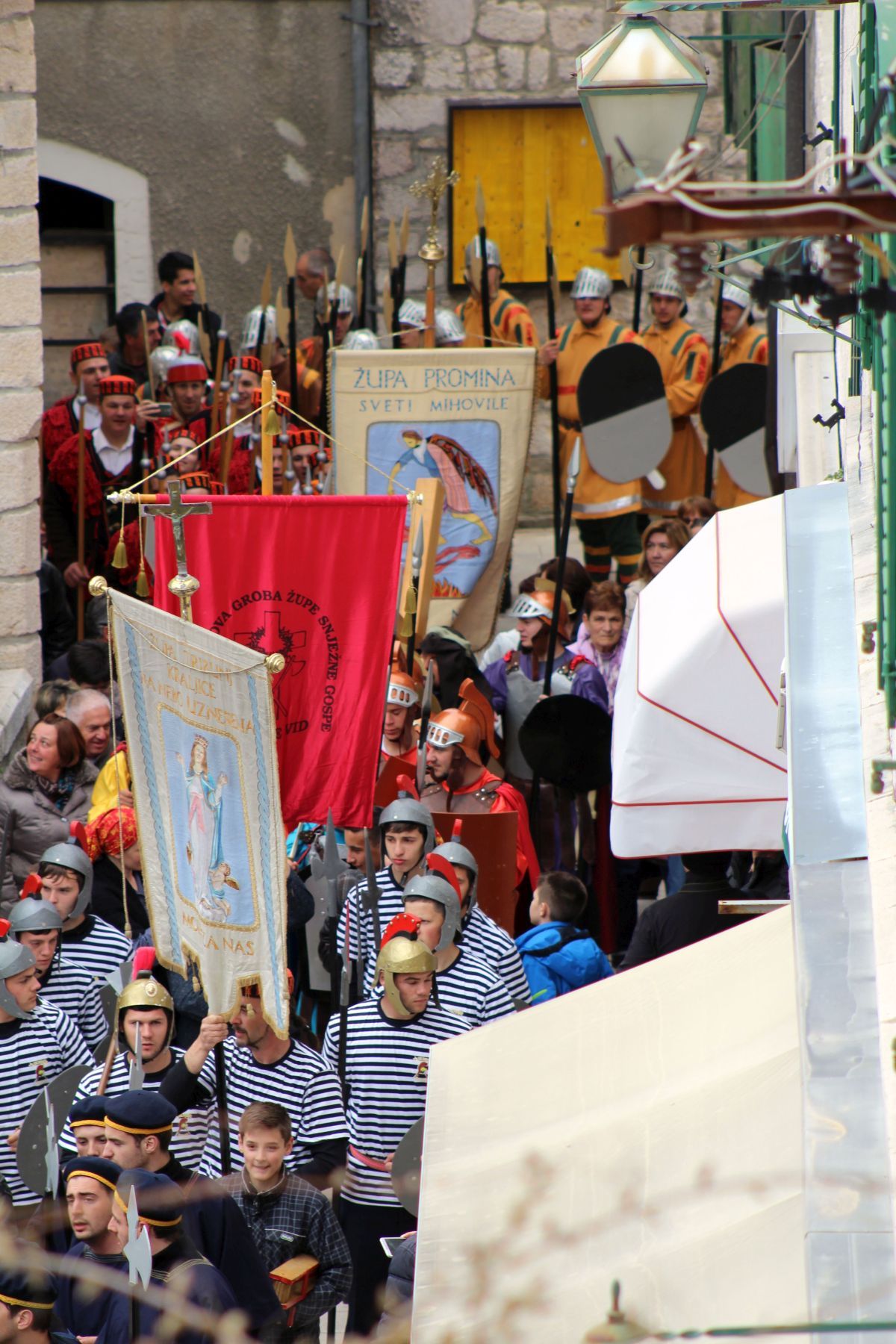
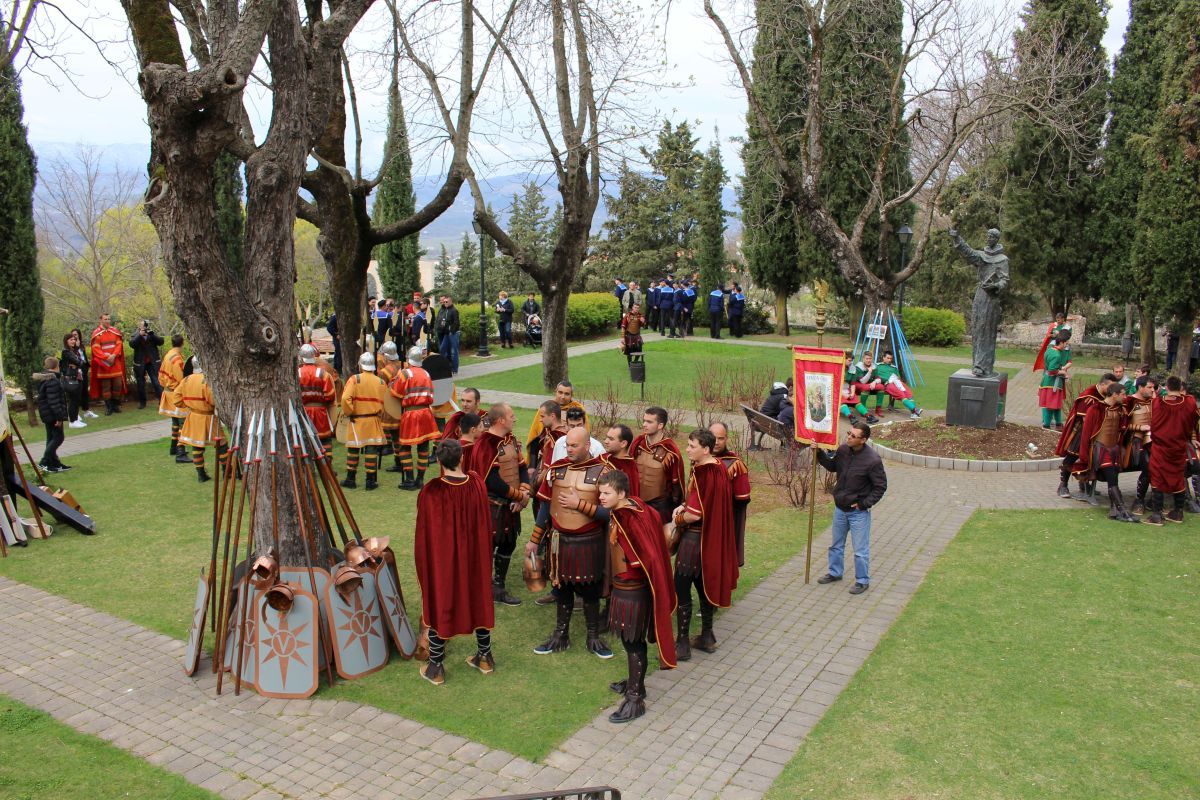
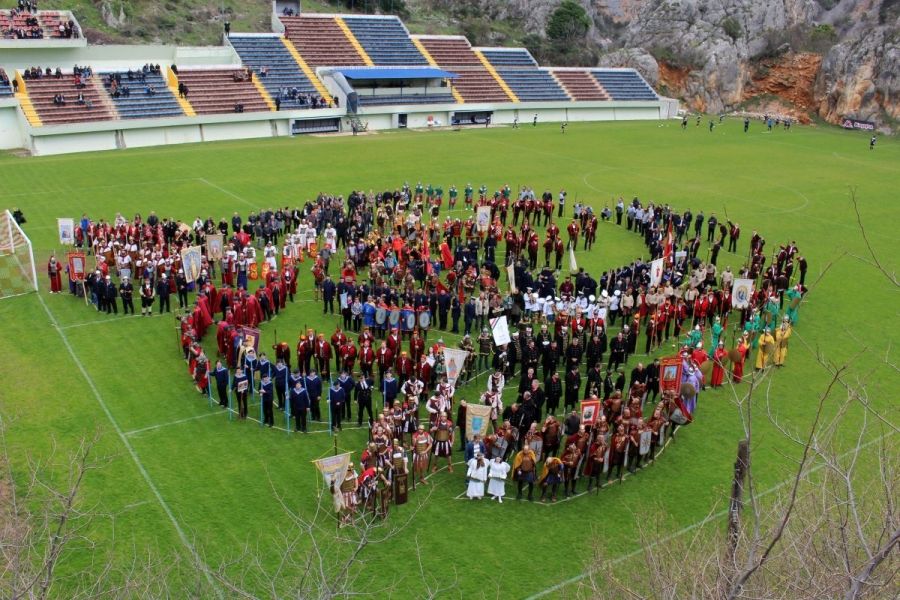
Read the whole article here.
After 20 Years, Imotski will get a Cinema
Some time ago, the Ministry of Culture presented a project of digitalization and intependent cinemas across the country. The Community College in Imotski recognized this opportunity and responded on time fulfilling all requirements. Financed by the Ministry of Culture and the Community College Imotski, the Imotski cinema will be one of the 28 cinemas across the country to be digitalized.
Read the whole article here.
Topana Fortress Above Imotski: More than Two Centuries Under Turkish Rule..
The interesting series of articles published at the Dalmatinski Portal about ancient fortresses continues - conservator Ivan Alduk writes about the interesting Topana Fortress in Imotski. Read the whole article here.
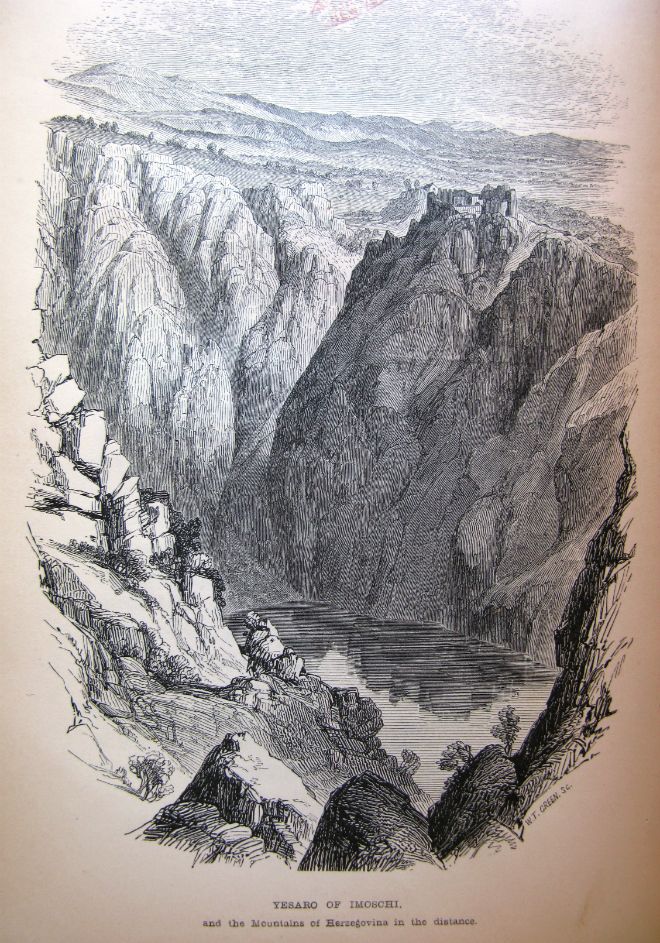
The fortress has an irregular shape, that follows the shape of the gorge, where it was built and it is 40 meters long. It was built on several levels, and the visible ruins date back to the 14th and 18th century with some earlier layers being archaeologically saved. It is naturally protected from three sides: by a lake from two sides and a dry and deep sinkhole (Jelavic or Our Lady dolac), where the small city stadium is located. The southern part of the fortress was a bit more accessible and a wall reinforced by buttresses was built here as a prolongation of the stone cliff. The fortress was surrounded by stone walls with loopholes, 1,5 meters thick, which were doubled and greatly altered in the late Middle Ages, due to the emergence of new firearms. The upper part of the fortress is divided into two parts: higher part with the entrance from the north-east corner - residential area, water cisterns and dungeons and the lower part with the main entrance (above which the pastors flat was located) and the church of Our Lady of Angels from the 18th century. The lower part of the fortress is located on the south side and was defended by a wall with a round tower on the left side from the main entrance and partially by wooden palisades.
Imotski Svitnjak is One Year Old - Happy Birthday!!
It takes courage to start making a difference. So many of us are just complaining about other people, about government, about the way life is. Complaining without actually doing something to change it. We feel powerless and have too much stress juggling our lives and no time for anything else.
Well, guys behind Imotski Svitnjak wanted to change the way Imotski was presented in media and decided to start this very interesting website informing about all the beautiful and positive things, that are happening in Imotski region. With 27 authors contributing, and some 600.000 visits of the website, it sure is a success.
The website is one year old now. Congratulations!! We along with many others enjoy reading your articles and wish for many more to come.
If you have not already, visit the Imotski Svitnjak webiste and follow them on Facebook.
Carnival 2016 in Imotski
Carnival in Dalmatia is a very colourful and fun time. Many people joining the festivities, costuming themselves, often creating really interesting and unique group costumes. It is a time of the year, when people tend to be very relaxed, looking for the fun side of the story and not taking themselves too seriously. Imotski has a 150 year long carnival tradition and this is what they have prepared this year:
January 30, 2016 (Saturday) - 20.00: An Evening with Granie Mila (The Little Auditorium of the Pučko Otvoreno Učilište)
February 2, 2016 (Friday) - 20.30: Big Costume Party (The Little Auditorium of the Pučko Otvoreno Učilište)
February 7, 2016 (Sunday) - 14.30: Bako´s Parade (Bazana)
February 9, 2016 (Tuesday) - 20.00: An Evening of Humour and Fun (Cinema)
Have fun in Imotski everyone!!
Baptising the Turks in the 18th Century
By the surnames of the godfathers and godmothers, it is clear, which villages were the baptised Turks from. They were some from Imotski, Proložac, Vinjan, Lovreć and Studenac. When we exclude the surnames known long before as Christian, we could suspect, that the godfathers and godmothers were actually those Turks baptised in 1717. It is proved by some last names and this way the number 37 would be filled.
School Uniformes Introduced in Zmijavci Elementary School
Although the initiative For the Introduction of School Uniforms (Za Uvođenje Školskih Uniformi) hopes for a national obligatory introduction of school uniforms, this has not yet happen and so, in Zmijavci, this project could only be realized because it was approved by the Parents Council, the School Board and the Students Council as well as every single parent of the elementary school in Zmijavci.
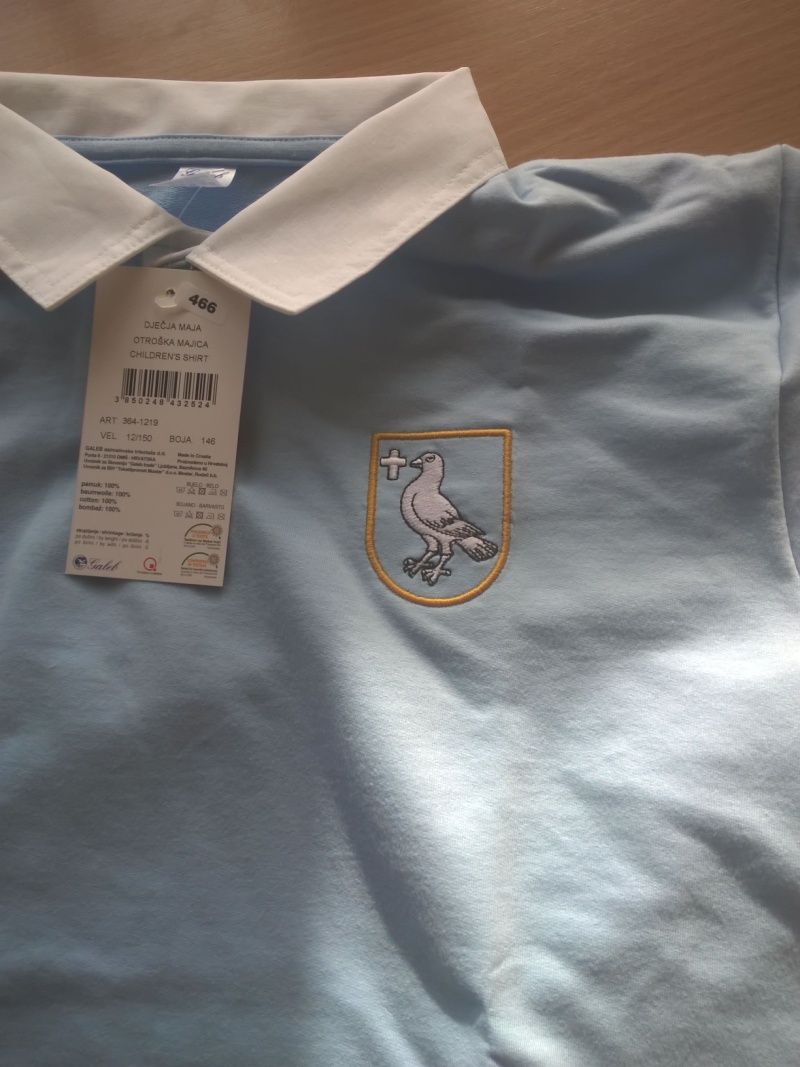
Maybe, it is because of the school. Maybe the whole concept is wrong. In the words of Peter Gray - School is a prison. With school uniforms or without them.
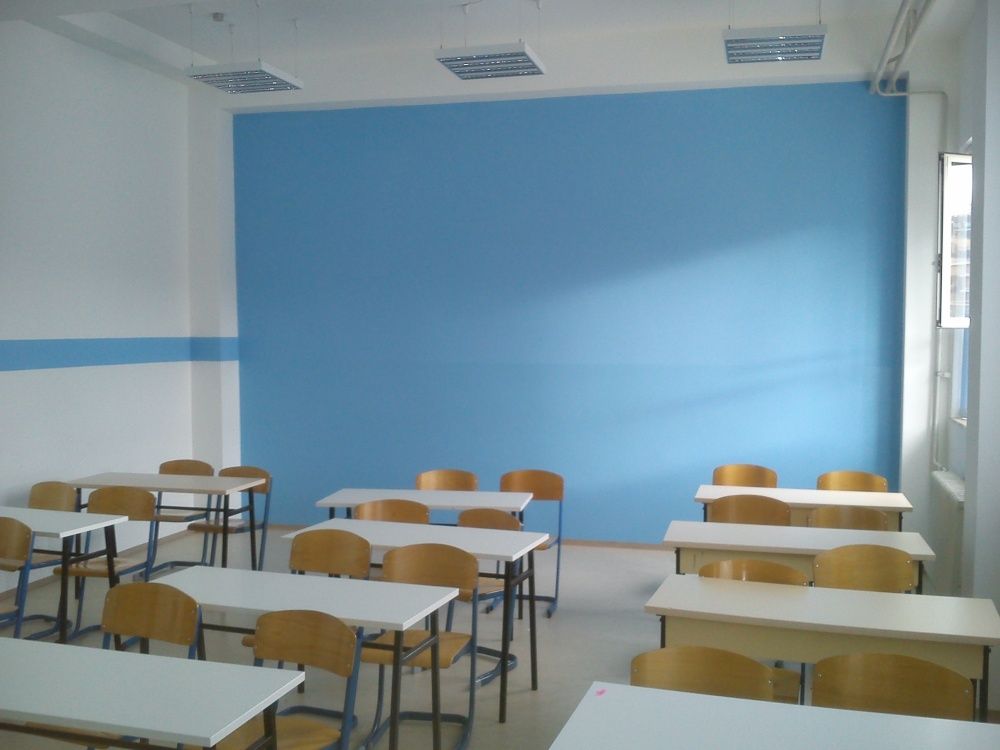
Where to Look for Snow in Dalmatia - Biokovo Mountain
Enjoy these amazing photos made by Zvonimir Barišin, especially those white wave tops made by bura, brrrrr..

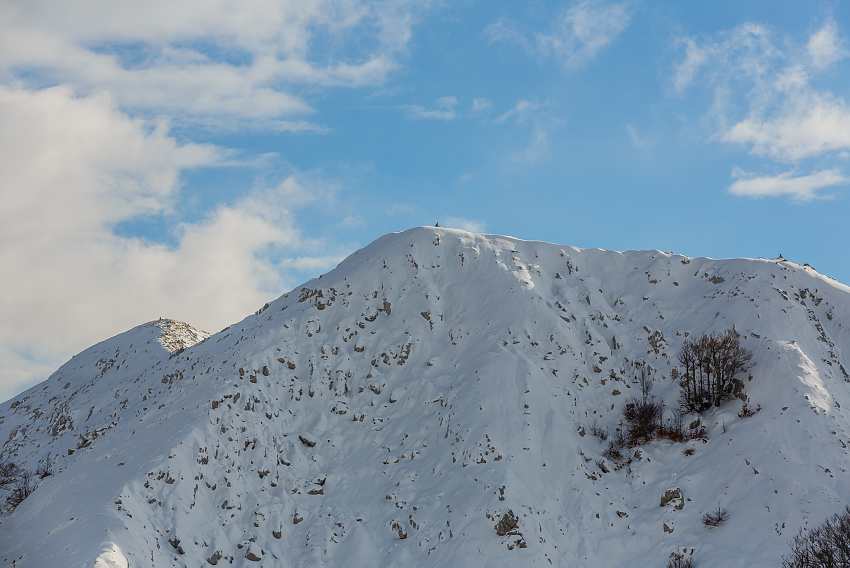
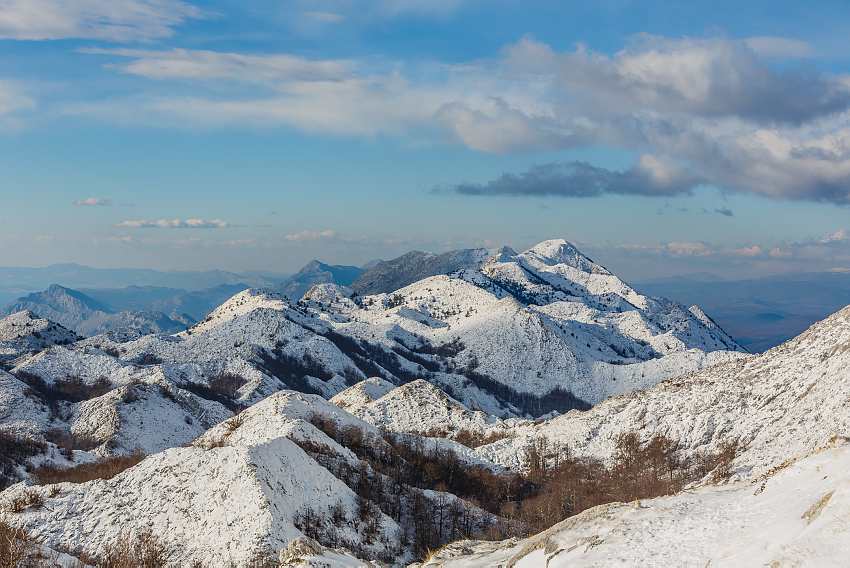




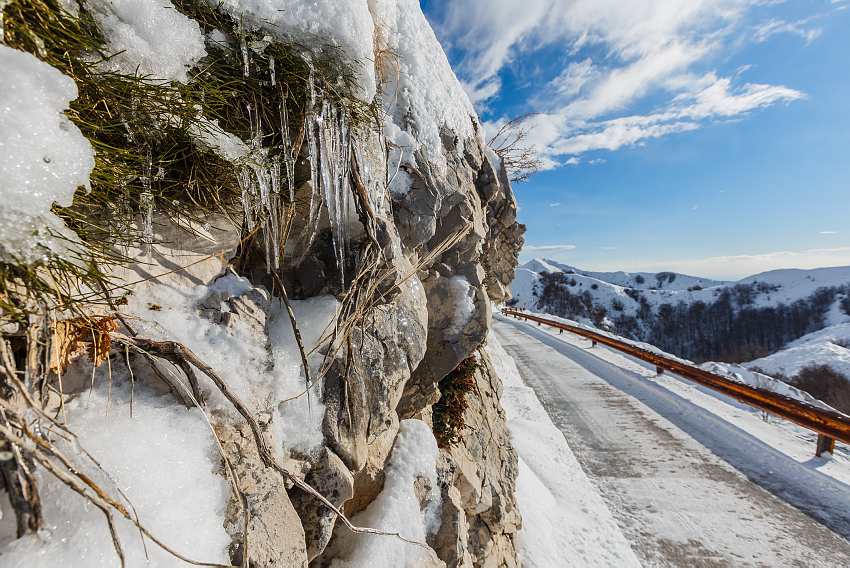

Imotski as it Once Was in Pictures
It is always great to see old photos of a place we know and love. To compare the current look to the old one. To see how many new houses were build. To see, there are still some of the old houses standing and they are equally beautiful as all those years ago. The wonderful Imotski Svitnjak shared several photos from the 60s and 70s from the archive of Vedran Vrčić. Follow Imotski Svitnjak to get the best info and pictures of Imotski and enjoy the old Imotski as it once was.
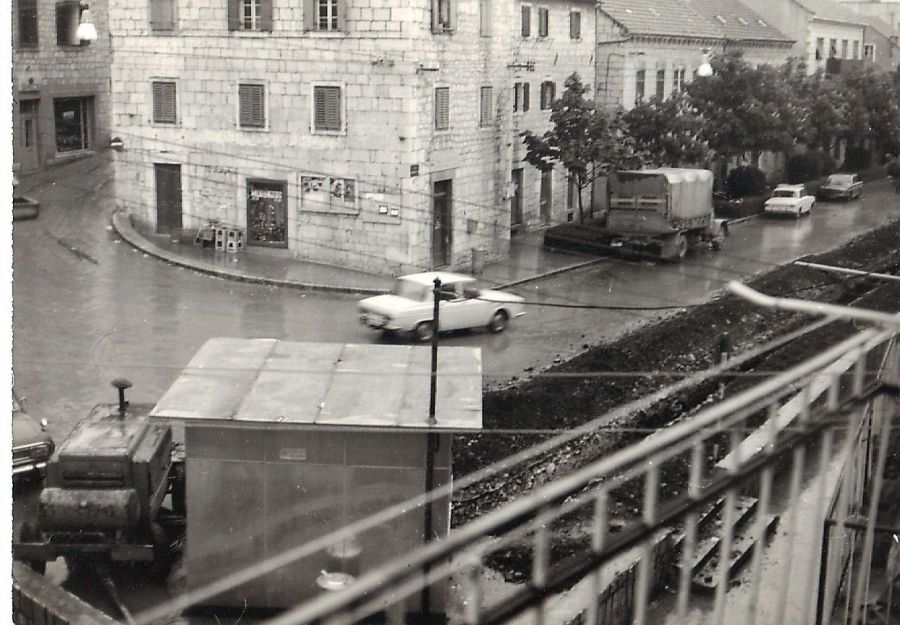
A Hajduk Scarf Keeps the Tin Ujevic Statue Warm in Imotski
I am not a football fan. As a foreigner and a woman in Dalmatia my lack of enthusiasm for Hajduk Split is respected. It might not be the case, if I was a local. Nevertheless, even though I am not a football fan and not following news too much, I still know, Hajduk Split is currently encouraging people all over Dalmatia to become members of the club. The goal for this year is 15.000 members and 50.000 should be reached by the end of this decade.
And so, it is not surprising to see the statue of Tin Ujevic in Imotski covered in a scarf of Hajduk Split as Dalmacija News reported yesterday January 13, 2016. It might be to keep Tin Ujevic warm, but for many in Imotski and Dalmatia, he just looks much better like this!!
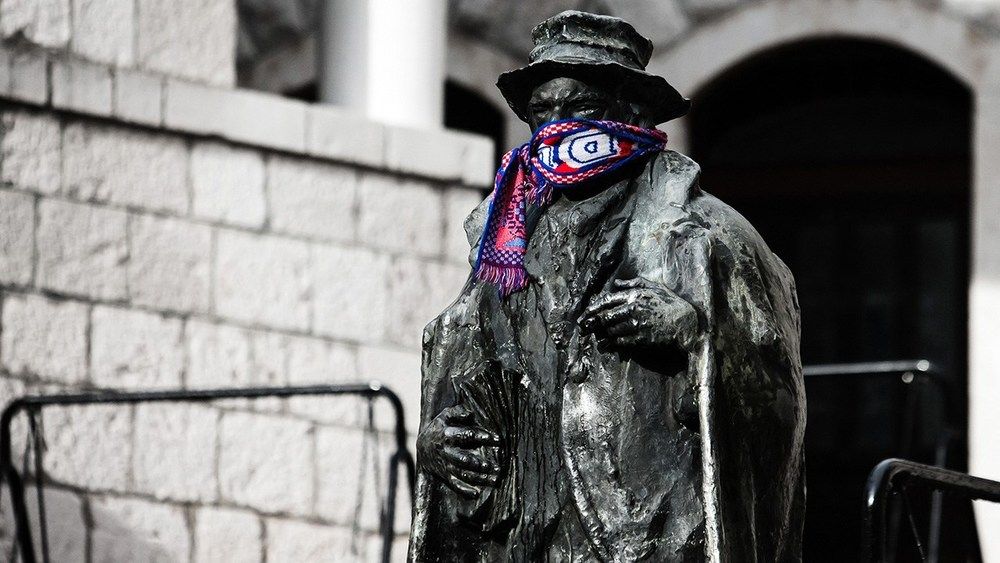
(photo: Milan Šabić / CROPIX)

